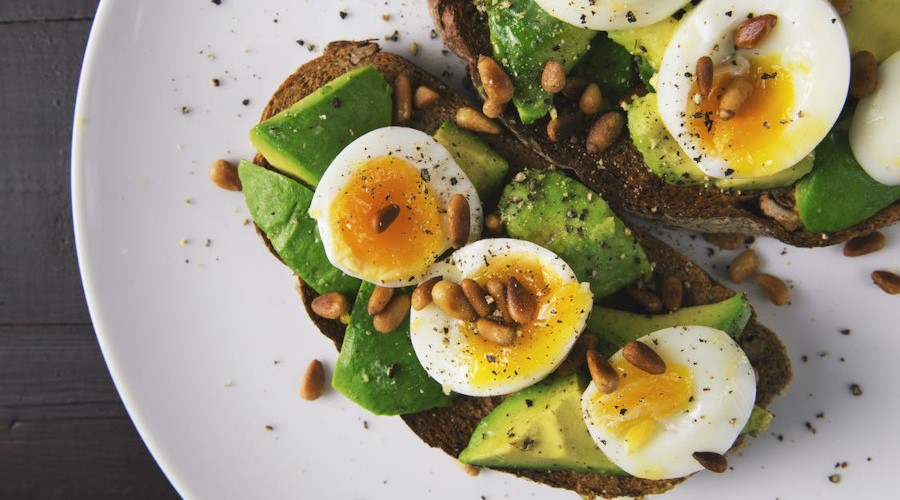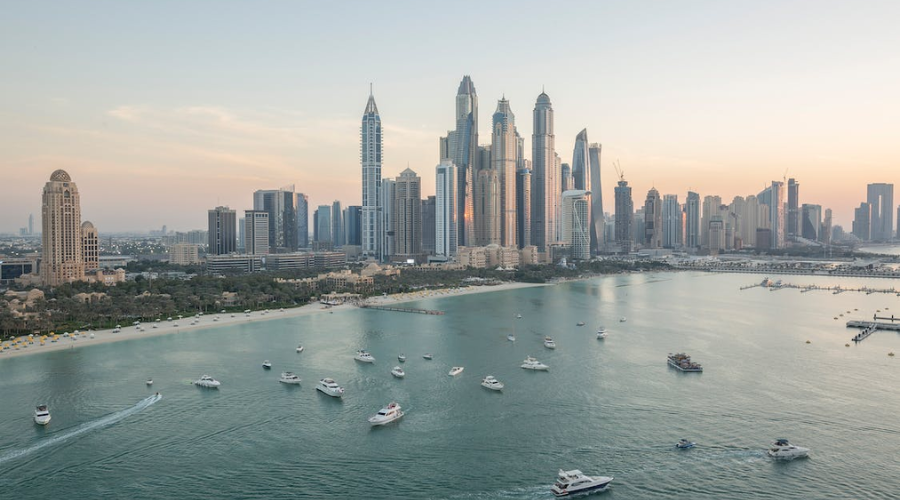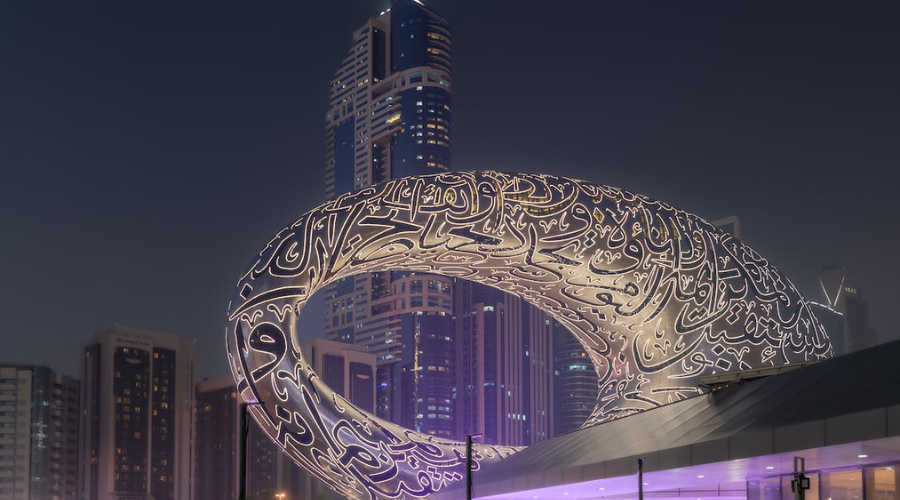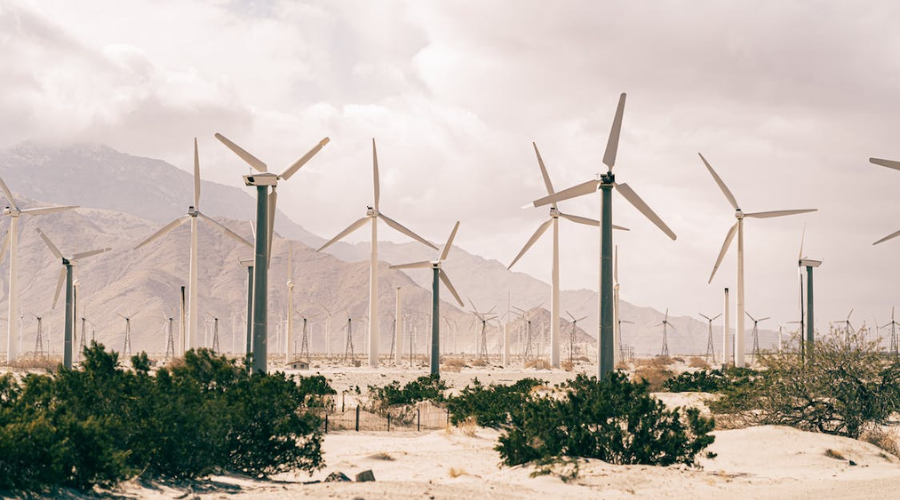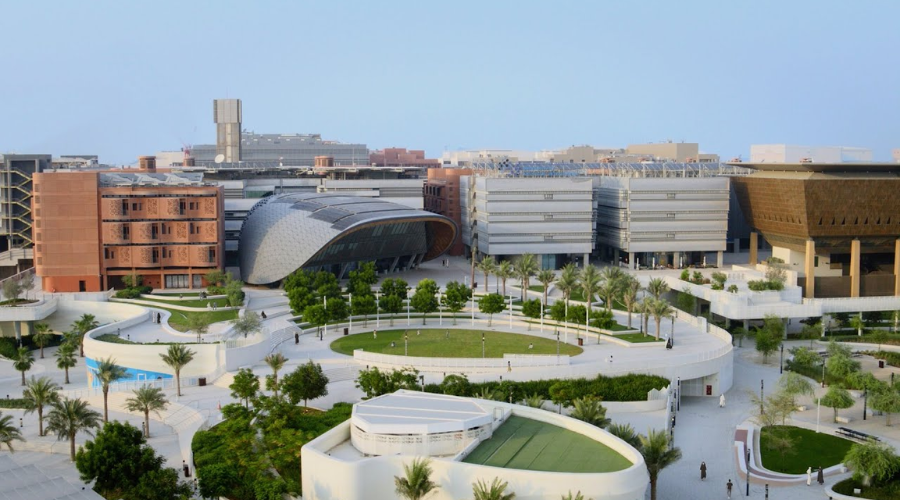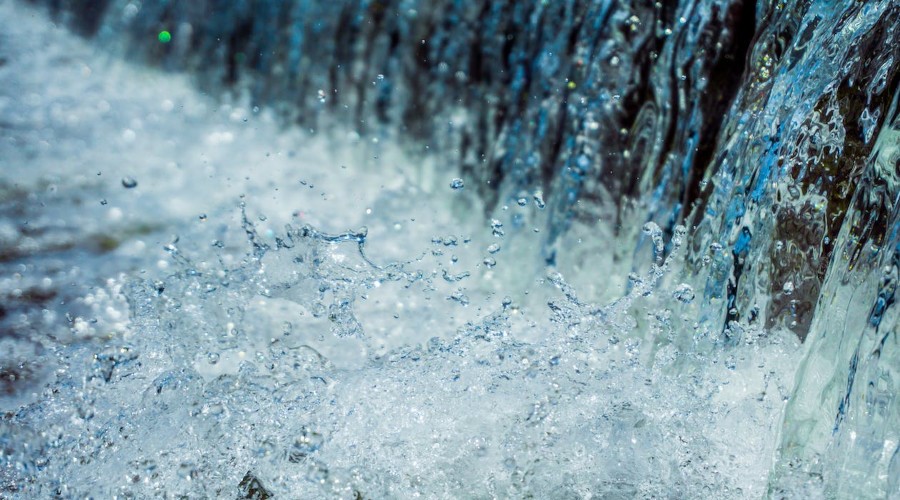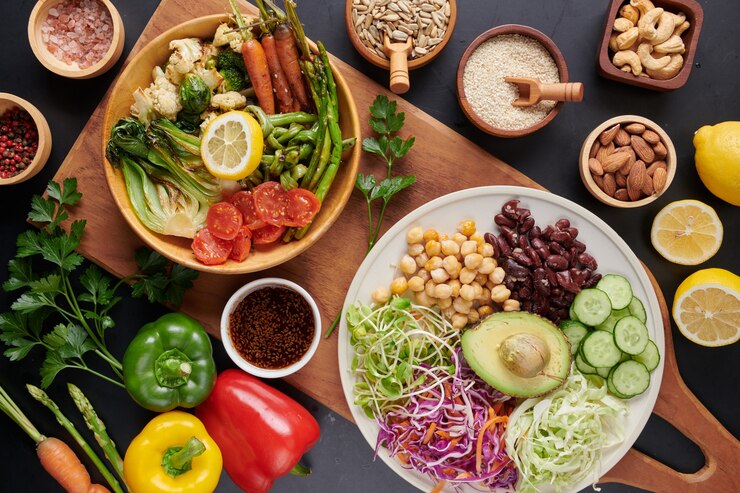Every aspect of setting up and running your own business is essential. If you sell products, it’s not just the offer that counts but also the design, layout, and other visual indicators. Every corner of the store communicates who your brand is and what its values are. That’s why we recommend choosing the most sustainable option – for example, display stands for sustainable flowers.
Display stands, in general, play an important role in marketing products. After all, buyers must find a product that functions well, fulfills its value, and looks beautiful. It is the first thing that people notice, and that encourages them to approach the product in the first place.
And as environmental considerations become more important, considering the ecological impact of our display choices has never been more critical. So, in this article, let’s explore how display stands for flowers can be visually appealing and environmentally friendly.
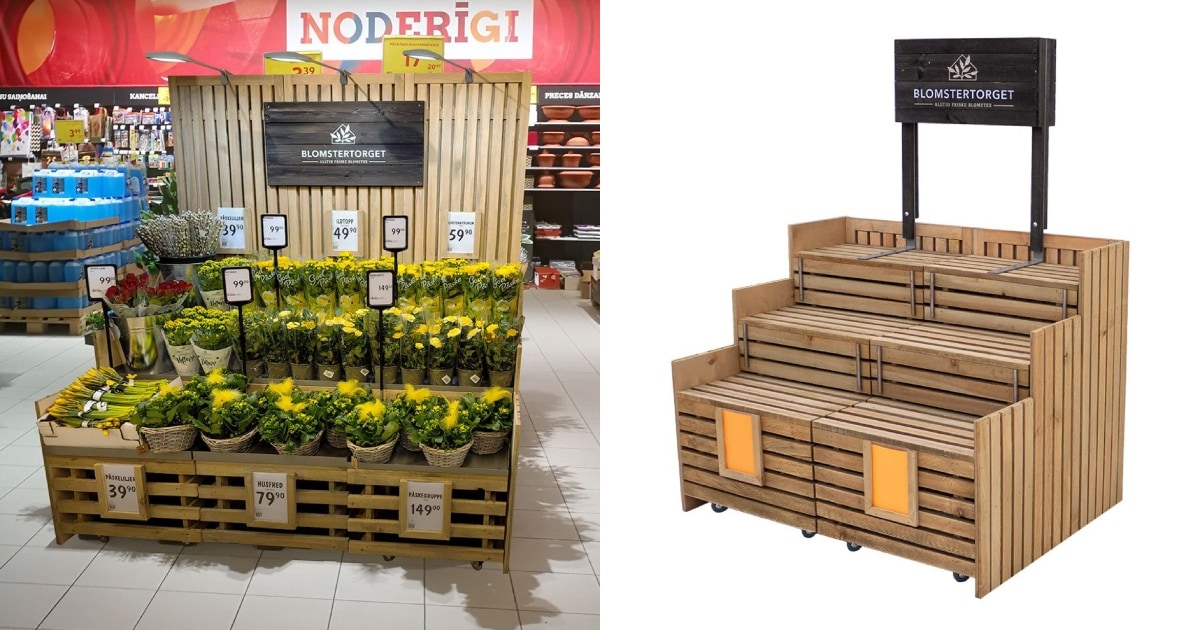
Sustainable display stands for flowers
Green living is becoming increasingly popular. As consumers become more environmentally friendly, businesses must also respond by prioritizing sustainability in their operations. So, eco-friendly product displays should also be part of your sustainability efforts.
Choosing eco-friendly displays can meet your brand’s sustainability goals and attract green-minded customers. For example, an online study showed that 66% of consumers are willing to spend more on a product if it comes from a sustainable brand. You are demonstrating the commercial value of environmentally conscious decisions.
Choosing sustainable display stand materials
Choosing eco-friendly displays can meet your brand’s sustainability goals and attract green-minded customers. For example, an online study showed that 66% of consumers are willing to spend more on a product if it comes from a sustainable brand. You are demonstrating the commercial value of environmentally conscious decisions.
Regarding eco-friendly display stands, the choice of material is critical. What options are there for retailers looking for eco-friendly alternatives?
First, we recommend considering displays made from recycled or sustainably sourced materials. Recycled metal or plastic stands can be as durable and aesthetically appealing as new solutions.
Another great option is wood from sustainably managed forests. For example, a florist could use a tiered stand made from reclaimed barn wood, giving the shop a rustic charm while keeping things environmentally friendly.
In this case, a good supplier and manufacturer of stands is ColorWood Latvia. They produce a variety of stands for businesses from recycled wood materials. The company thus follows a green lifestyle, promoting sustainability both in the process and in the future of the product.
They also offer the heroes of our article – trade stands for flowers. These are available in several grades, made of a course of wood. The stands are equipped with wheels to make them easier to move. All in all, it is an excellent choice for the flower trade, which we heartily recommend.
An improved path to sustainability
Recycling trends is a creative and environmentally friendly solution for retail displays. How can recycled multi-tier displays contribute to your green goals? Recycling involves transforming waste or unwanted products into new materials or products with better quality or environmental value.
For example, an old staircase can transform into a unique, vintage-style tiered flower display. This reduces waste and adds story and character to your display.
It should also be noted that it is essential that flower display stands are in good condition for a long time. How can this be achieved in an environmentally friendly way?
Use environmentally friendly cleaning products to maintain your displays. These products, derived from natural ingredients, reduce the environmental impact of your maintenance routine and ensure the health and safety of your staff and customers.
Also, consider a regular maintenance schedule to extend the life of your displays, reducing the need for replacement. Incorporating sustainability into your retail strategy can be as simple as choosing eco-friendly floral displays.
These small changes can significantly impact your environmental impact, align with your brand values, and attract eco-friendly customers. Take a look at our other articles that could help your business:
- Credit for a Green Future – Financing Solar Panels
- Cost Analysis of Water Filtration for Event Venues

Čau visiem, te Guntis no Viļāniem. Kopš bērnības mani interesē daba. Es māku slaukt govis, skaldīt malku un vadīt traktoru. Tātad zaļie produkti un zaļais dzīvesveids vienmēr ir bijusi daļa no manis. Bet pēc vidusskolas beigšanas sāku papildus interesēties par dizaina aktualitatēm. Protams, ka tam vajadzēja būt ZAĻAM dizainam. Tā arī tapa šī lapa. Izbaudiet!

